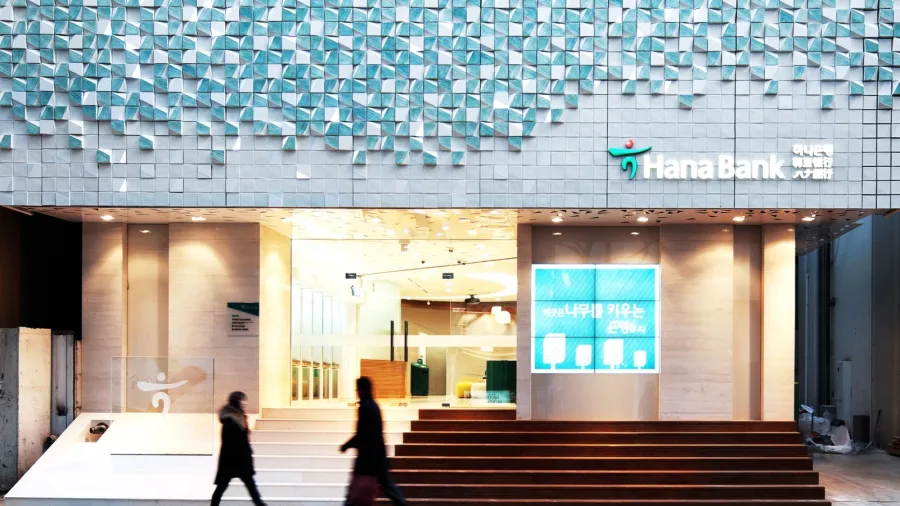
KEB Hana Bank’s profits stable in 2023, but NIM to decline
It has improved its cost-to-income ratio and loan portfolio over the years.
KEB Hana Bank’s profitability is expected to remain stable in 2023, but net interest margin will decline amidst higher funding costs.
The Seoul-based commercial bank’s asset quality has reportedly improved in recent years, according to Moody’s Investors Service, as a result of its loan portfolio rebalancing strategy. Its problem loan ratio rose marginally to 0.3% as of 31 March, from 0.28% as of the end of 2022.
“The bank’s large corporate loans mix has declined over time, lowering concentration risks and resulting in a more balanced loan mix,” Moody’s reported in a press release.
KEB Hana Bank’s loan portfolio currently consists of large corporate loans (9%), small- and medium-sized enterprise (SME) loans (43%), unsecured personal loans (11%), mortgage loans (36%) and public and other loans (1%) as of 31 March.
ALSO READ: Busan Bank’s earnings to decline in medium term: Moody’s
The bank should also be able to weather any impact from real estate loans, which account for 15% of its total loans as of 31 March. The bank's exposure to real estate project financing (PF) loans is also low, accounting for about 1% of the bank's total loans.
In addition, the bank's cost-to-income ratio is lower than its direct domestic peers' because of the bank's branch network optimization efforts in 2019-20, according to Moody’s.
Another thing that is helping KEB Hana Bank is its cost-to-income ratio, which is lower than other Korean banks thanks to its branch network optimization efforts in 2019 to 2020.



















 Advertise
Advertise







